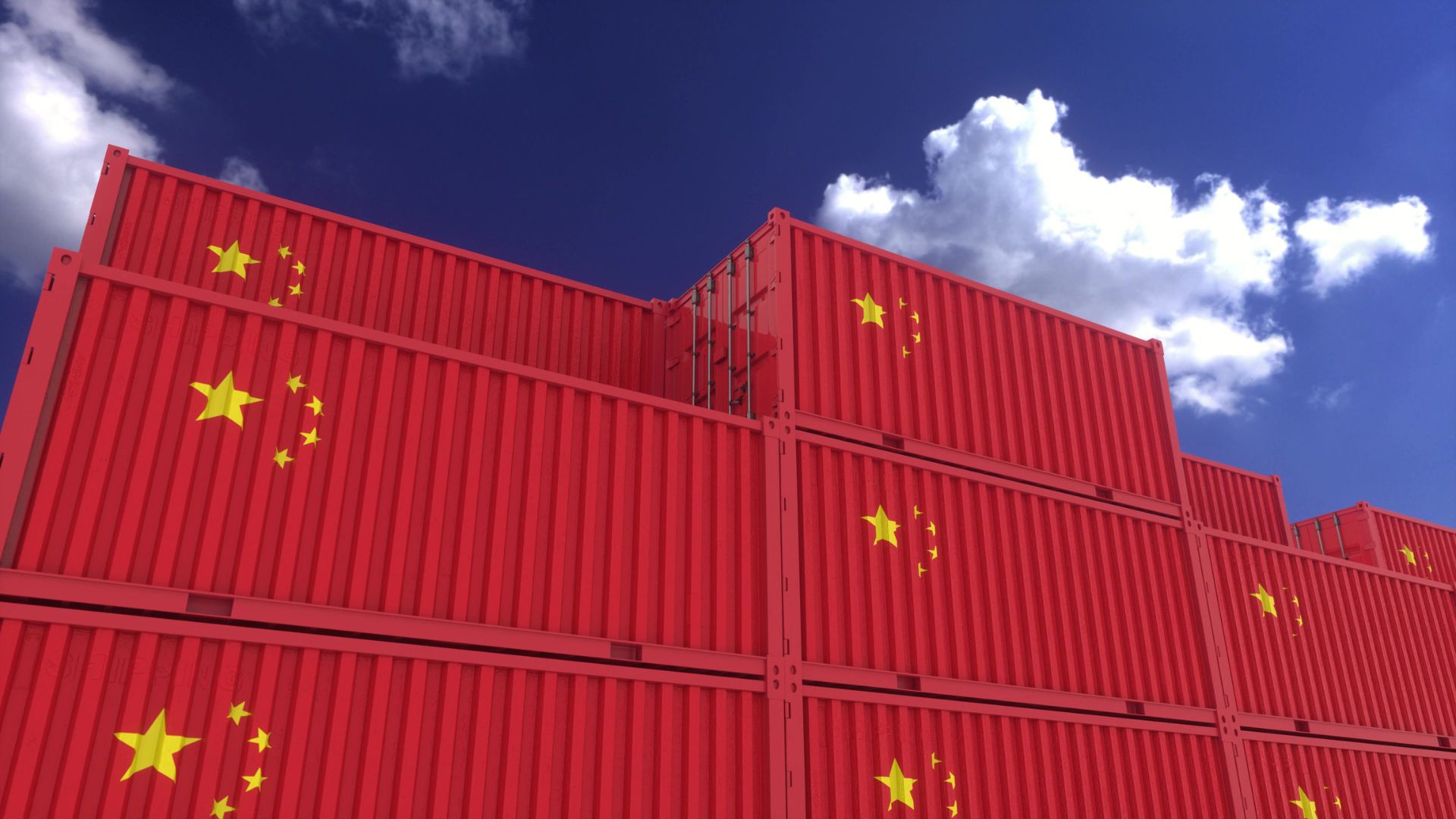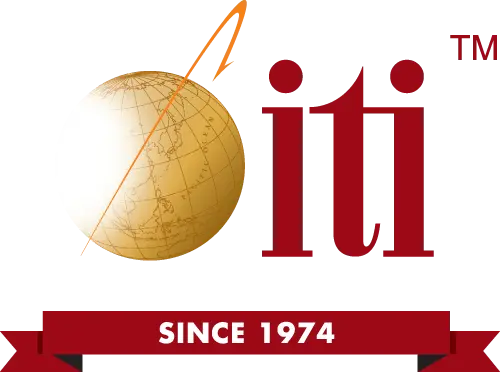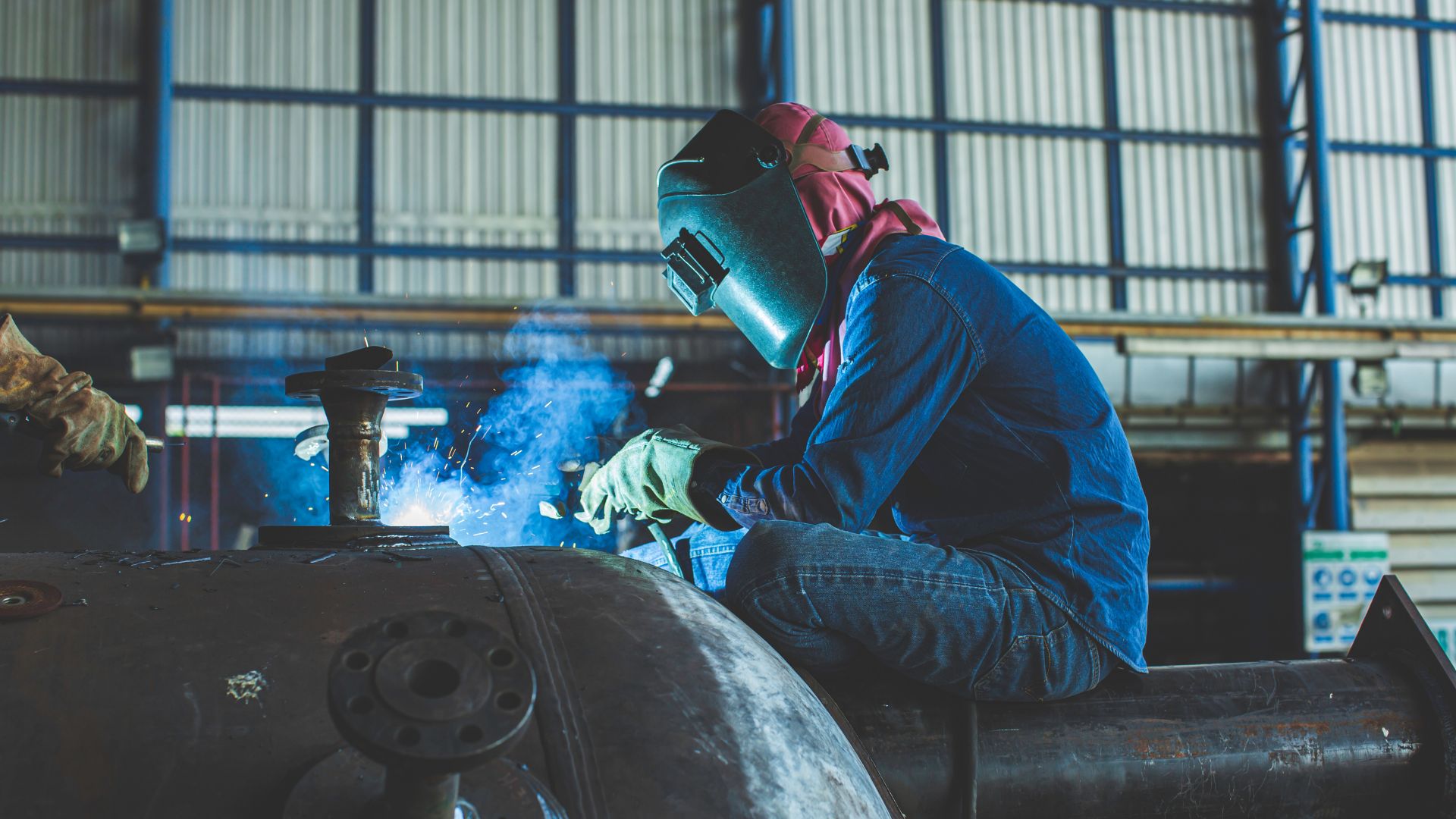
The Long Game: Should You Keep Manufacturing in China?
The world always changes; sometimes without rhyme or reason, if the last several years have been any indication. The ebb and flow of global economic conditions has reached a precarious state, with significant impacts on manufacturing markets. As a result, you may be weighing your choices concerning manufacturing in China and other locations.
In this post, we cover:
- What questions you should ask when considering international suppliers.
- The current costs of working with China.
- Reliability concerns.
- The best sources to track for updated international manufacturing information.
State of the Industry
Certain countries long recognized as manufacturing leaders are losing their edge to emerging alternatives, both in terms of costs and reliability. In addition, domestic policies and consumer interests continue to support diversifying supply chains from current mainstays. All of this combined is making buyers take pause to examine their long game in manufacturing, posing questions such as:
- Which established countries might lose their claim on export cost leadership due to their ongoing economic trends?
- Which emergent countries could become serious manufacturing suppliers?
- What is my risk exposure to volatility and cost bloat under my current contracts?
- Given these global shifts, what metrics do I need my manufacturing supply chain to hit or hold in order to maintain my business’s health over the next five to 10 years?
While these concerns can apply to any foreign country, most eyes are on China as the country currently undergoing the broadest, most rapid changes. Many domestic buyers are considering a pivot away from manufacturing in China.
At present, China may represent the most volatile conditions in several key global manufacturing areas. That said, China still offers plenty of positive attributes, but the point is that buyers are well within reason to ask if China is the best option for their needs.
For companies looking at moving away from manufacturing in China, we offer the following insights and suggestions from our decades of global sourcing experience.
Balancing Supply Chain Profitability and Integrity
To understand why Chinese manufacturing is growing out of favor with import buyers, you need to look at two metrics and how they’ve changed over recent years: cost and reliability.
Cost
In recent years, China’s labor cost basis has climbed significantly. China’s growth has been funded by decades of perpetual export investment from foreign countries to the point that China is referred to as “the world’s factory” today. This monstrous growth has led to wage and material cost increases, which long-term can only trend towards normalizing with Western wages (proportionally, relative to the cost of living in each region).
The below chart from Statista shows how Chinese wages have been growing higher and faster than other up-and-coming manufacturing countries such as Mexico and Vietnam. This growth curve is predicted to continue upward, at an accelerating rate, pushing product price floors up and eroding buyer margins.

Reliability
For years now, China has scaled up manufacturing capabilities while simultaneously declining in fulfillment reliability. Causes of this waning reliability include:
- Geopolitical instability.
- Cybersecurity and data breaches.
- Intellectual property theft.
- Trade tariffs and conflict.
- Higher competition for resources.
- Humanitarian concerns (such as indentured labor).
The below table by global consulting company Kearney, Inc, shows a dramatic and steady decline in China’s share of exports to the U.S. Kearney’s China Diversification Index measures the relative proportion of imports coming from China across Asian LCCs (low-cost carriers). U.S. companies are importing less and less from China, preferring other countries with more favorable trade conditions.
Taken together, declining reliability and overall volatility (including mounting trade wars) continually lead importers away from manufacturing in China.

Kearney China Diversification Index
Seeking Greener Pastures
Based on our experience, we know that pivoting away from China may be the right choice for some clients, but not all. In many ways, China still maintains a substantial advantage with certain product types, thanks to decades of continued investment and institutionalized learning.
China will likely be the global exporter of choice for some time to come for:
- Electronics.
- Textiles.
- Appliances.
- Iron and steel products.
- Chemical products.
- Light industrial products
- Consumer products
For many other products however, we can increasingly find greener pastures in other countries.
So as an importer, how do you decide to stay with or pivot away from manufacturing in China? Let’s answer that by going back to the four questions we posed at the beginning of the article.
Which established countries are soon to lose their claim on export cost leadership due to their ongoing economic trends?
From the above analysis, the answer here is squarely China. Japan and India have shown slight near-term export dips as well, though these movements don’t yet appear to suggest long-term declines. In fact, India is trending toward a long-term gain in export capacity, as large parts of the country have developed far enough that productive manufacturing can blossom.
Which emergent countries are soon to become serious manufacturing suppliers?
Countries growing in attractiveness on the international manufacturing scene include (in no particular order):
- Mexico
- India
- Malaysia
- Thailand
- Vietnam
- South Korea
- Taiwan
In addition, the United States is increasingly appealing for domestic manufacturing and even exports; a topic of a future article discussing reshoring.
What is my risk exposure to volatility and cost bloat under my current contracts?
To assess your risk under current contracts, we’d suggest examining metrics that have historically been the main benefits to manufacturing in China:
- Wages: If your products have a large wage-driven cost component and if your suppliers are located in areas that are already experiencing high wage inflation, you may have cost creep risk on the horizon.
- Compliance: Legal, humanitarian, environmental and world trade regulations are often a gray area in low cost countries. At one point, this condition was seen as a “feature” that provided lower costs. Today, these are definitive risk factors as customers and Western regulators demand cleaner, safer, legal and more equitable compliance of imported goods.
- Trade tariffs: If your products are currently impacted by trade tariffs, your risk is already established and likely to worsen. Re-routed supply chains that sell through intermediate countries to skirt tariffs still add cost, delay and reliability risk.
- Exchange rate: China has long held a low yuan exchange rate with the U.S. dollar. So low that it has stimulated plenty of trade, but also garnered biting accusations of artificial manipulation. As U.S. and global pressures force the yuan to normalize against other currencies, relative costs will only continue to rise.
Given these global shifts, what metrics do I need my manufacturing supply chain to hit or hold in order to maintain my business’s health over the next five to 10 years?
In a word, stability. The key to supply chain health over the next decade will be to seek out and doggedly defend stability anywhere you can find it. Where you most need to secure stability however will be particular to your products and business type.
Your business might be most sensitive to cost changes, delivery delays, inconsistent quality or other factors. We advise you to identify which may be your weakest link, and then look for ways to assure its stability.
Next Steps in Manufacturing in China and Worldwide
You may see strong value in pivoting away from China for greener pastures or decide that Chinese manufacturing still pulls ahead for your specific business needs. Either way, there are factors to carefully consider.
Keep in mind that global manufacturing decisions should be made with reasonably long time horizons in mind, balancing near-term price gains with long-range risks. To keep abreast of emerging risks that might impact your offshore procurement efforts, we encourage you to stay connected through data sources such as:
- The International Money Fund.
- FM Global Supply Chain Resilience Index.
- International Labor Organization’s Global Wage Reports.
- Everstream Analytics’ Global Supply Chain Risk Center.
- ITI’s Supply Chain Analysts.
Our advisors are here to help you navigate manufacturing decisions. Contact us to discuss your product needs today.






